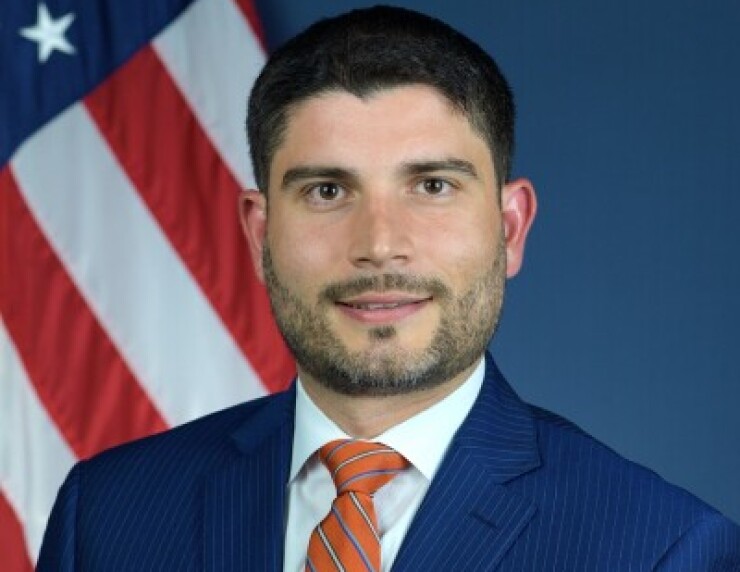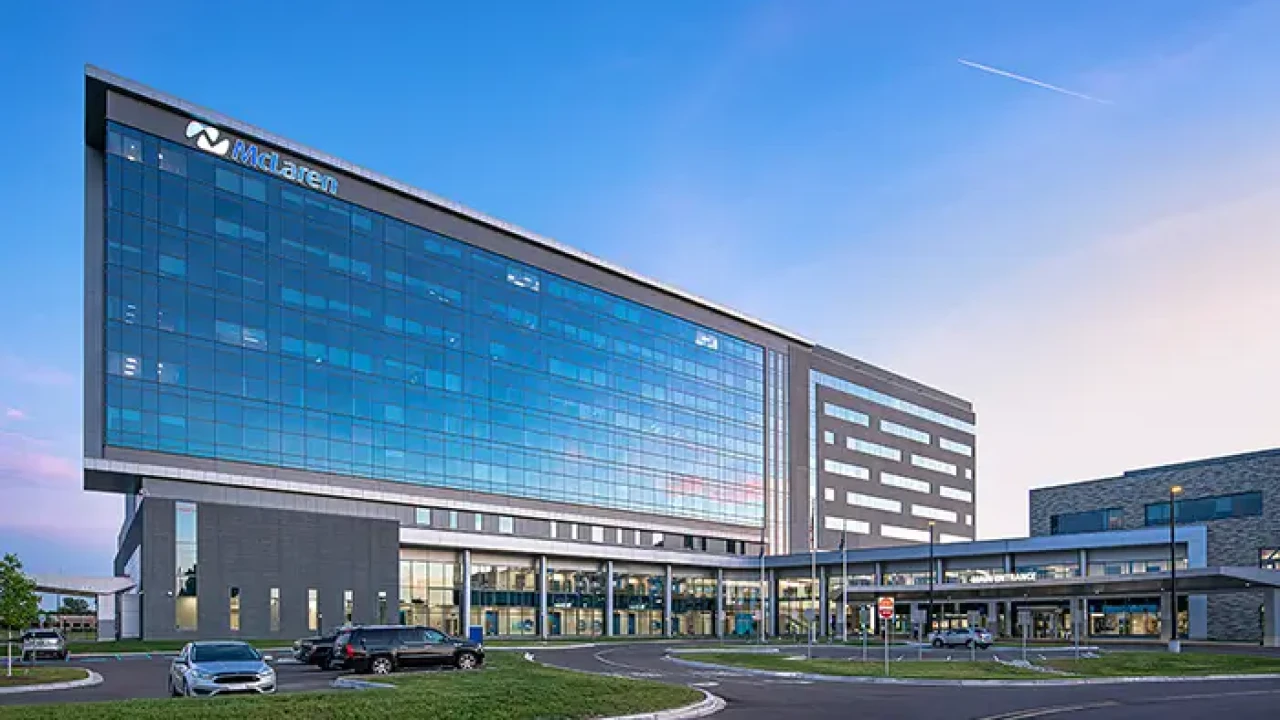
The federal Build America Bureau's loan portfolio now totals nearly $40 billion, with many of its public-private partnership managed lane projects generating stronger-than-expected toll revenue, officials said.
As of June 30, 2025, the bureau has a $37.2 billion portfolio of active Transportation Infrastructure Finance and Innovation Act and Rail Rehabilitation and Improvement Financing loans, it said in
That includes 27 toll revenue deals that total $10.8 billion, making up 28%, of the portfolio.
The bureau has 12 managed lanes projects, 10 of which are open to traffic and collecting
tolls. On average, actual annual revenue exceeded original projections by 63% and reflect a compounded annual growth rate of 13.1% compared to the annual growth rate of 12% projected at underwriting, according to the report.
"We're proud our loan programs are delivering needed transportation projects faster and at lower cost," the bureau's executive director, Morteza Farajian, said in a Friday LinkedIn post announcing the latest portfolio report. Farajian has headed the bureau since 2019, when he was appointed during President Donald Trump's first administration. The bureau did not respond to requests for comment.
Managed lanes, which often use tolls to allow drivers to bypass congestion, have become more popular in recent years, with states that have already built lanes looking to expand them, like Georgia, where the bureau recently closed its largest-ever TIFIA loan and PABs borrowing for
S&P Global Ratings and Moody's Investors Service have stable outlooks on the U.S. toll roads sector. Fitch Ratings, in a July report, noted that it has upgraded seven U.S. managed lane projects over the last year due to strong demand and revenue performance, and took no negative ratings actions.
In the U.S., managed and toll lanes have seen recent strong performances, "with revenue consistently outperforming even aggressive projections, demonstrating user acceptance, traffic durability, and long-term financial viability," said Nixon Peabody partner Roderick Devlin in a
The assets "are now seen as dependable infrastructure investments — validated by positive credit ratings, secondary market refinancings, and growing investor interest," Devlin said.
TIFIA loans and PABs "remain essential to the sector," he added, noting that several projects have refinanced out of TIFIA, "demonstrating asset maturity and private market confidence."
The bureau's portfolio shows that New York has the most amount of outstanding TIFIA and RRIF loans, with six loans totaling $7 billion, followed by Virginia, with 12 TIFIA loans totaling $5.6 billion.
Highway-related projects have traditionally made up most of the bureau's financing, but projects increasingly range from airports to transit-oriented development to ports and rail.





